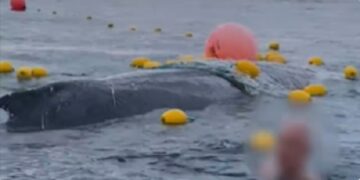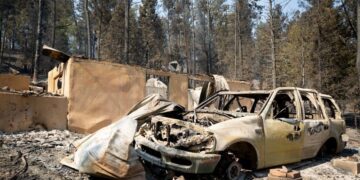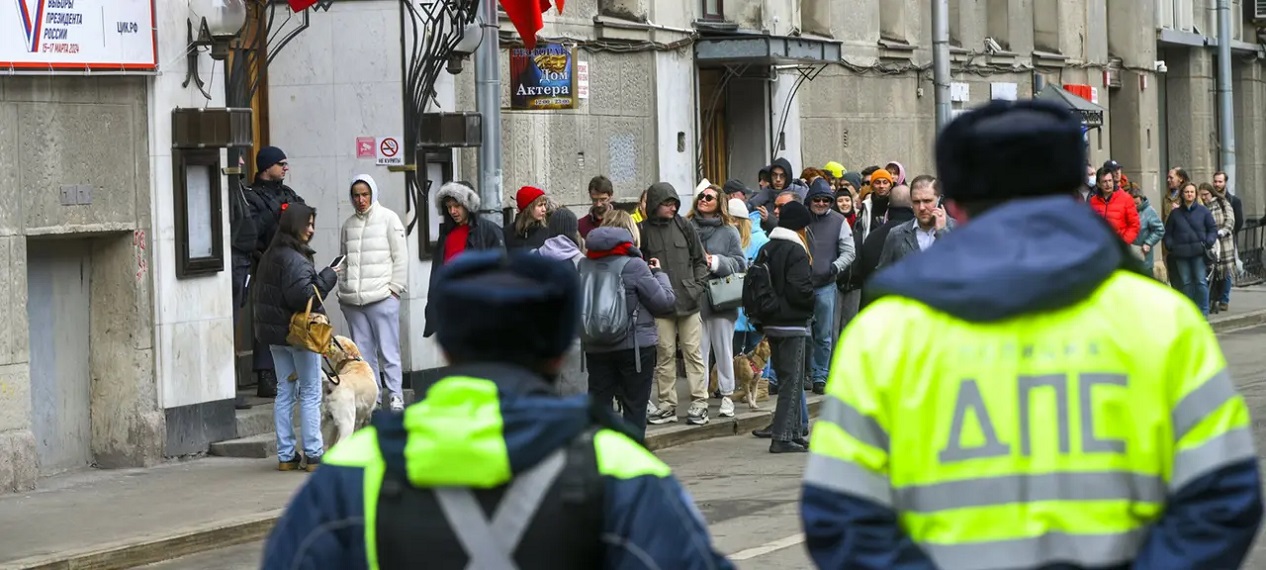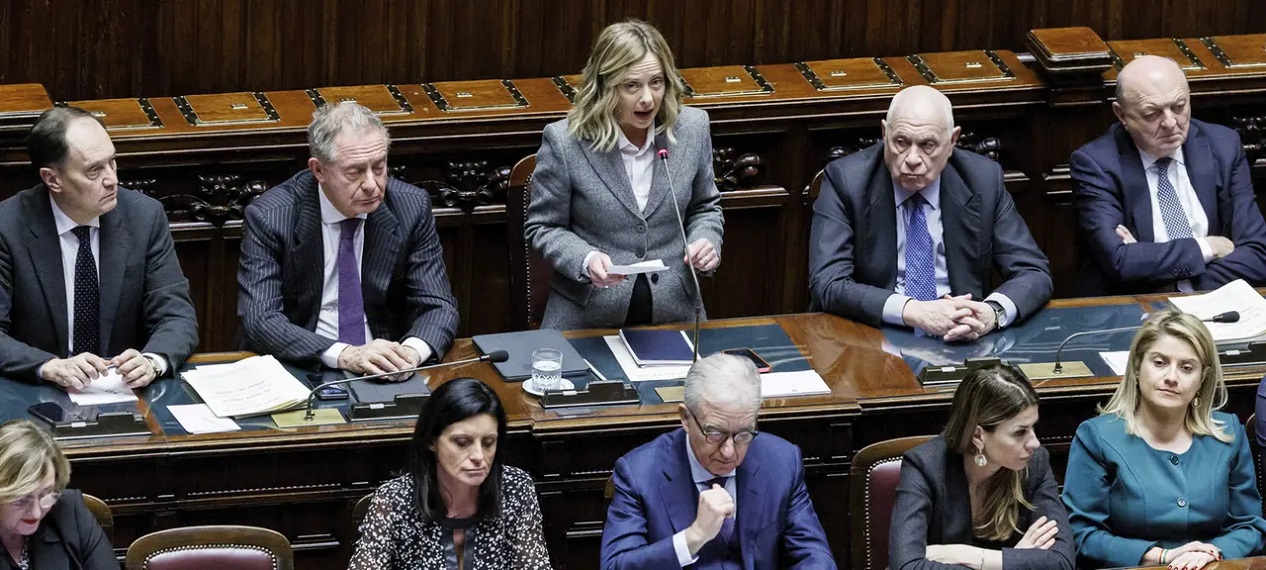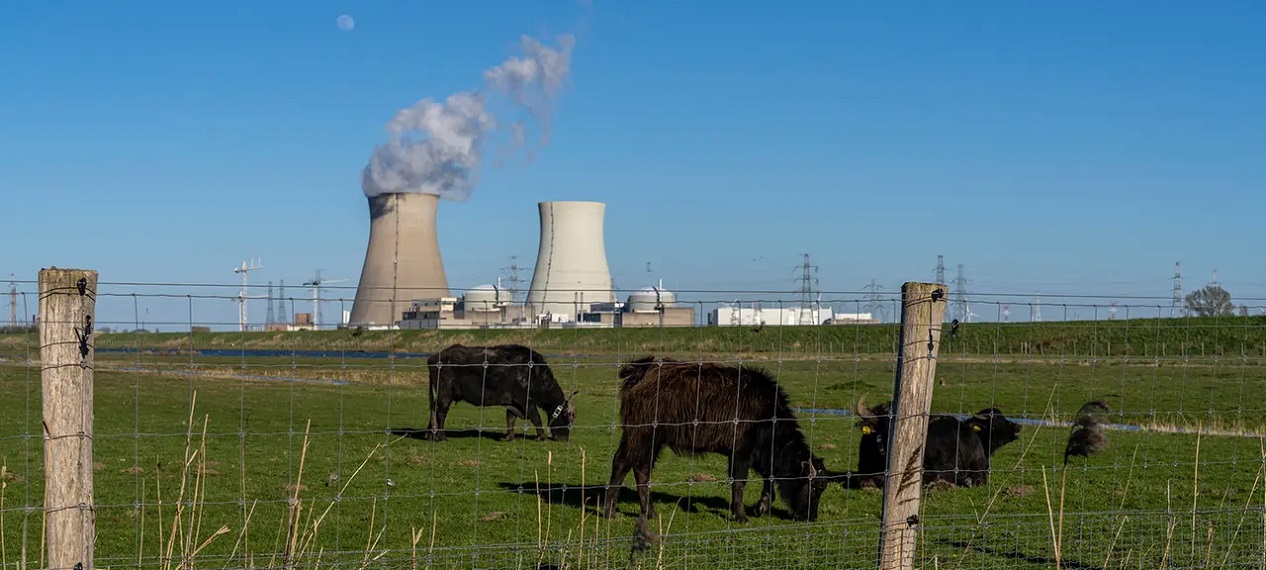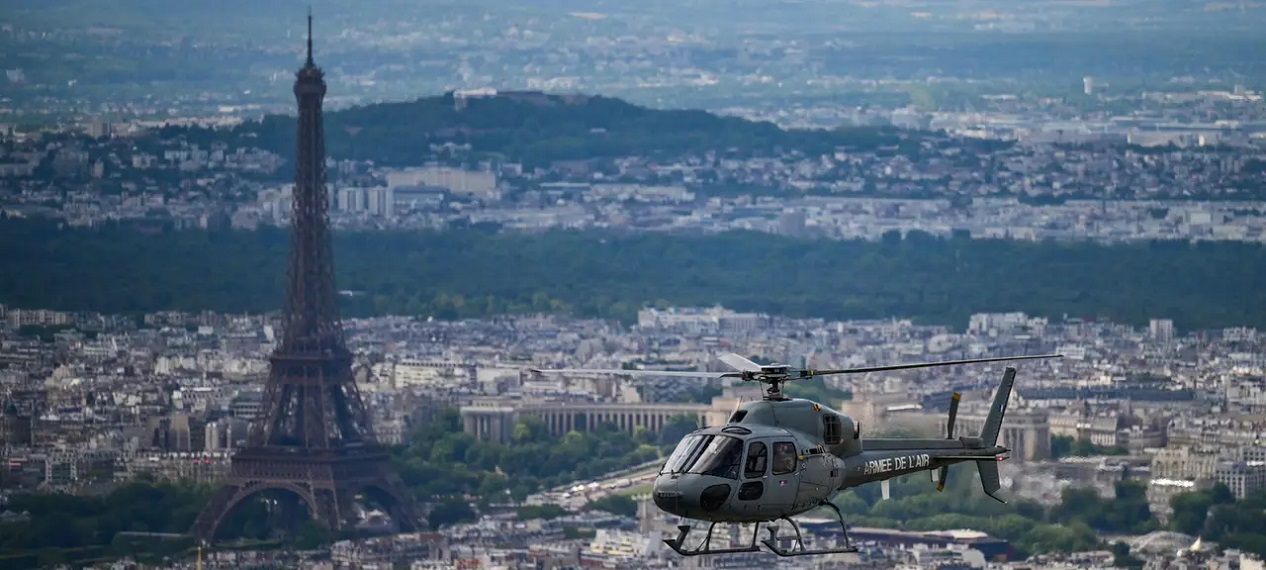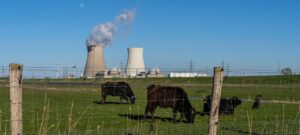 Today, the International Atomic Energy Agency and Belgium host a summit in Brussels to discuss the future of nuclear power in Europe.
Today, the International Atomic Energy Agency and Belgium host a summit in Brussels to discuss the future of nuclear power in Europe.
An Alliance for Nuclear Power in Europe
The International Atomic Energy Agency and Belgium are hosting a summit today with the aim of ensuring that nuclear power remains a permanent feature of the energy mix in Europe – including through reactor technology that does not yet exist. They envision a bright future for European energy supply. About a year ago, an alliance of initially eleven European countries came together to collaborate in the field of civilian use and research of nuclear energy. The alliance has since grown to 14 members, forming a majority among EU countries.
At the nuclear energy summit in Brussels, state and government leaders will discuss the potentials of nuclear power today. Belgium, which holds the EU Council Presidency, and the International Atomic Energy Agency (IAEA) have invited guests such as Commission President von der Leyen, French President Macron, and Dutch Prime Minister Rutte to the meeting ahead of the EU Summit.
France leading the way, Poland joining in
The alliance is led by France, which derives around 65% of its electricity from nuclear power. The goal is to increase the installed capacity of nuclear power plants in Europe to 150 gigawatts by 2050 – an increase of about 50% compared to the current status quo.
Twelve of the 27 EU member states operate nuclear power plants, with only two countries currently building nuclear power plants, Slovakia and France, which plans to construct six facilities in the coming years. The alliance also includes the Netherlands and Belgium, which have reversed or postponed their original exit plans, as well as several Eastern European states – including Poland, which is planning to enter the nuclear energy field and hopes for an affordable energy source as an alternative to coal. Bulgaria, Finland, Romania plan for additional reactors, as does Sweden. Germany shut down its last three nuclear power plants in mid-April 2023.
EU categorizes nuclear energy as partially sustainable
The EU is divided into two camps regarding nuclear power. Nuclear supporters have achieved some successes. The Net Zero Industry Act, an EU funding program aimed at countering the US Inflation Reduction Act, has been opened to nuclear energy. Nuclear power is also considered sustainable under certain conditions within the EU Taxonomy, which aims to facilitate access to investments. This is crucial for the industry as it can hardly survive without government subsidies.
France’s nuclear power operator Electricité de France is deeply in debt. Therefore, the nuclear alliance is not only focusing on future investments but also on securing existing projects. Mycle Schneider, editor of the annual World Nuclear Industry Status Report, points out that nuclear energy struggles to compete in the market compared to other electricity generation technologies. Major investments have been made solely in the solar sector, with power plants totaling 440 gigawatts going online. This indicates massive investments in that sector.
Nuclear reactor construction projects are costly and time-consuming
Investments in nuclear power are considered risky as project costs regularly exceed estimates and construction times of ten to fifteen years are often surpassed.
A notable current example is the dual-reactor Hinkley Point C plant in the United Kingdom. At the start of construction, projected costs were around 20 billion euros. Today, the nuclear power plant costs reach about 50 billion euros. Instead of 2025, the first of the two reactors is likely to come online in the 2030s.
Another example is the Finnish reactor unit Olkiluoto III, which was originally supposed to be completed in four years but ended up going online 14 years later and more than double the initial projected cost.
Future nuclear power plants: Small Modular Reactors
An alternative nuclear power concept aims to reduce risks and costs in theory through Small Modular Reactors (SMRs), which are small modular reactors reaching up to 300 megawatts electrically (MWe). In comparison, a conventional power plant typically reaches 1200 MWe. The advantage of these mini power plants lies in scalability.



